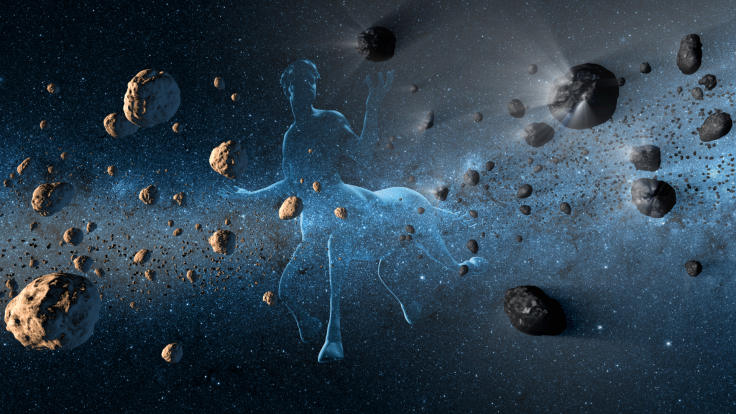NASA To Visit Asteroid-Comet Hybrid ‘Centaurs’ In New Missions

NASA is preparing a couple of missions to visit and study Centaurs, which are hybrid space rocks that have characteristics of both asteroids and comets. Scientists working with the agency believe studying these unique cosmic objects would provide a deeper understanding of the Solar System’s formation and evolution.
Centaurs are known to inhabit a region in the Solar System where giant planets reside, such as Jupiter and Saturn. According to scientists, these space rocks most likely came from these planets.
Reports indicate that most Centaurs can be seen on the Kuiper Belt, a ring near Neptune’s orbit that’s filled with frigid space rocks. The Centaurs may have ended up in this area due to various gravitational forces millions or billions of years ago.
Although Centaurs appear like large asteroids, they display distinct characteristics that can also be found in comets, such as emitting clouds of gas and dust from their surface. To get a better understanding of the nature of these objects, NASA is currently reviewing proposals for new missions to Centaurs.
Currently, the agency is evaluating two proposals known as Centaurus and Chimera.
Alan Stern of the Southwest Research Institute and leader of the Centaurus proposal is hoping to study various Centaurs in the Kuiper Belt. Since objects in this area are mainly frozen and rarely heated by light from Sun, they might contain primitive material that came from the early days of the Solar System.
For Stern, the Centaurus mission could provide more information about the formation of the region.
“We can think of Centaurs as emissaries from the Kuiper Belt,” he told Space.com. “They are ways to explore the Kuiper Belt at much closer range. They are wonderful time capsules.”
The Chimera proposal, on the other hand, aims to study only one Centaur for its mission. The object, known as SW1, follows a complicated orbit, which makes it challenging for scientists to study.
“The orbital trajectory we found for this object is a once or twice per century opportunity,” Walt Harris, the principal investigator for Chimera said. “If we don’t make it this time, it’s going to be another 50 years before we can go back with this kind of mission.”
If selected by NASA, the Centaurus and Chimera missions might launch sometime in 2025.
© Copyright IBTimes 2025. All rights reserved.





















